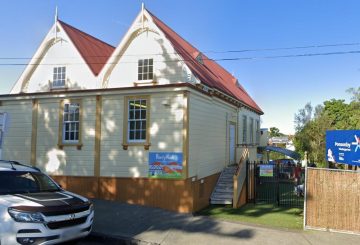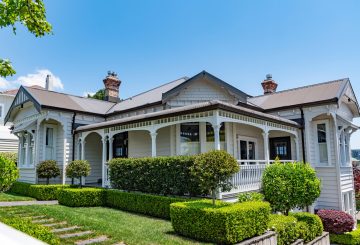Học sinh từ sáu trường học ở Wellington đã đến thăm Quốc hội để yêu cầu chính phủ không cắt giảm hoặc thay đổi chương trình ăn trưa miễn phí ở trường. Phó Bộ trưởng Giáo dục, David Seymour, đã tuyên bố rằng chương trình sẽ tiếp tục, nhưng theo cách tối đa hóa lợi ích cho những sinh viên cần nó nhất và mang lại giá trị cho tiền bạc.
Các sinh viên, từ Cao đẳng Taita, Cao đẳng Bishop Viard, Cao đẳng Porirua, Cao đẳng Naenae, Trường Arakura và Trường Ngāti Toa, đã gặp gỡ các nghị sĩ từ Lao động, Xanh và Te Pāti Māori. Họ đã thảo luận về chương trình Ka Ako Ka Ora và chia sẻ bữa trưa với các nghị sĩ. Các học sinh giải thích rằng chương trình đã cải thiện việc tham dự và giảm bớt áp lực cho học sinh, phụ huynh và giáo viên.
Henry Tanuvasa từ Đại học Bishop Viard chỉ ra rằng chương trình này cũng giúp các bậc phụ huynh tiết kiệm tiền vì họ không phải mua bữa trưa cho con mỗi ngày. Malachi Iafeta, một sinh viên năm 10 tại Đại học Taita, cho biết các bữa ăn đã cải thiện sức khỏe và sự tham gia của học sinh. Ông lưu ý rằng thực phẩm đã khuyến khích một số học sinh đến trường và tập trung vào việc học của họ.
Các sinh viên được hỗ trợ bởi Liên minh Y tế Aotearoa, tổ chức đã trình một kiến nghị cho người phát ngôn giáo dục của Lao động Jan Tinetti. Đồng chủ tịch của Liên minh, Giáo sư Lisa te Morenga, lập luận rằng không có ý nghĩa gì khi chính phủ đặt ra các mục tiêu tham dự trong khi xem xét cắt giảm đối với một chương trình đã cải thiện sự tham dự.
Lao động có kiến nghị riêng, kêu gọi chính phủ tài trợ đầy đủ cho chương trình này. Lãnh đạo Lao động Chris Hipkins cho biết cách duy nhất để tiếp tục chương trình trong khi tiết kiệm tiền là giảm số lượng sinh viên nhận nó hoặc giảm chất lượng thực phẩm.
Seymour trả lời rằng còn quá sớm để suy đoán về những thay đổi sẽ được thực hiện vì chúng vẫn đang được thảo luận trong nội các. Ông đổ lỗi cho chính phủ trước đã không tài trợ cho chương trình này sau năm nay. Seymour cũng lưu ý rằng chương trình chỉ tăng số người tham dự một chút và sẽ tốn hàng tỷ đô la để đạt được các mục tiêu tham dự của chính phủ chỉ thông qua tài trợ cho bữa trưa.




























































